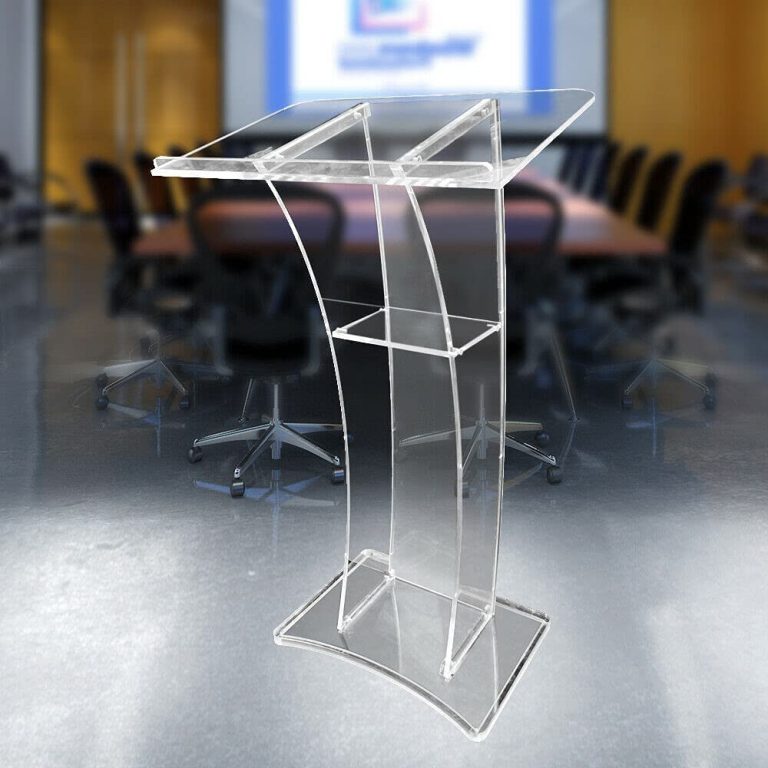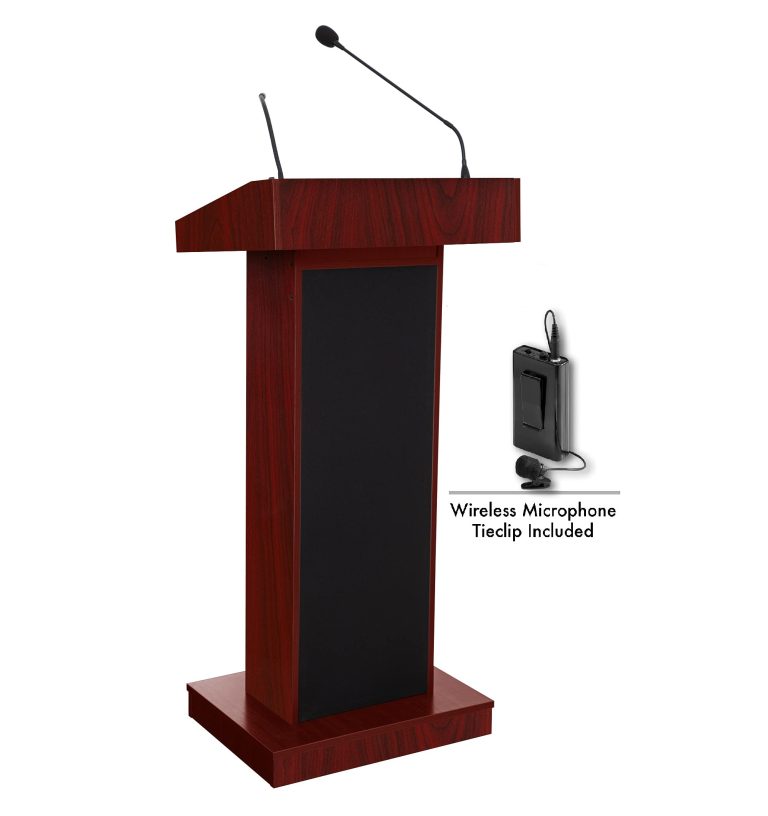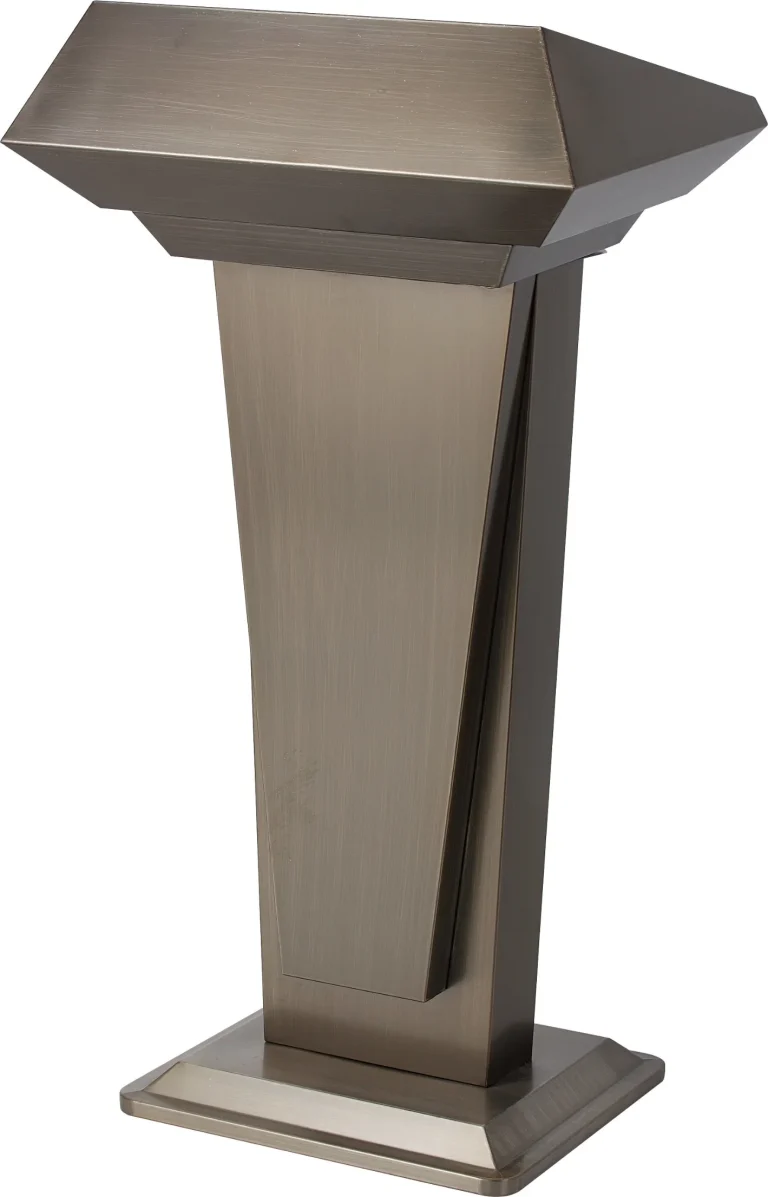Is Podium a Stage? Unveiling the Key Differences
No, a podium is not a stage. A podium is a small platform for a speaker or conductor.
A stage is a larger area for performances. Understanding these terms can be confusing. Both podiums and stages are platforms. But their uses and sizes differ. A podium elevates a speaker so they can be seen and heard better. It is usually small and fits one person.
A stage, on the other hand, is used for plays, concerts, and larger events. It can hold many performers and props. Knowing the difference helps in planning events. It ensures the right platform is used for the right purpose. This article will delve into the distinctions between podiums and stages.

Credit: www.merriam-webster.com
Podium And Stage Basics
Understanding the differences and common uses of a podium and a stage can help clarify their unique roles in various events. These two terms are often used interchangeably, yet they serve different purposes. Let’s explore the basics.
Definitions
A podium is a small platform where someone stands to speak. It is often used in settings like schools, conferences, and churches. The speaker stands on the podium to be more visible to the audience.
On the other hand, a stage is a larger area where performances, presentations, and other events take place. It is elevated to give the audience a clear view of the performers or speakers.
Common Uses
| Podium | Stage |
|---|---|
| Speeches | Theater performances |
| Classroom lectures | Concerts |
| Religious sermons | Public presentations |
| Award ceremonies | Dance shows |
Both the podium and the stage serve to elevate the person or people performing. This helps the audience to see and hear better.
While the podium is more personal and direct, the stage is grand and versatile. Each has its own set of advantages depending on the context.
In summary, a podium is for individual speakers, while a stage is for larger performances. Knowing the difference can help in planning events more effectively.

Credit: www.freepik.com
Physical Characteristics
Understanding the physical characteristics of a podium can help differentiate it from a stage. A podium often serves a different purpose compared to a stage. Let’s explore the key aspects of a podium’s physical traits.
Size And Structure
A podium is typically smaller than a stage. It is designed to accommodate one or a few people. The height of a podium allows speakers to be more visible. It often has a flat top surface. This surface holds notes, microphones, or other small items. Some podiums also have built-in steps. This makes it easier for speakers to step up.
Design And Materials
Podiums come in various designs. They can be simple or ornate. The design often matches the setting. For formal events, a podium might have elegant details. In contrast, a classroom podium is usually basic. The materials used can vary widely. Wood is a common choice. Metal and acrylic are also popular. These materials ensure durability and stability.
Functional Differences
Understanding the functional differences between a podium and a stage is crucial for event planners. Each serves a unique purpose and enhances audience interaction in its own way. This section delves into the specific roles and applications of both structures.
Purpose And Application
A podium is typically a small, raised platform where a speaker stands. It is used for speeches, lectures, and presentations. The podium elevates the speaker, making them more visible to the audience.
On the other hand, a stage is a larger platform used for performances, concerts, and theater productions. It accommodates multiple performers and often includes props, sets, and lighting.
Here is a table summarizing their main purposes:
| Podium | Stage |
|---|---|
| Speeches | Performances |
| Lectures | Concerts |
| Presentations | Theater productions |
Audience Interaction
The way audiences interact with a podium versus a stage differs significantly. A podium is designed for direct communication. The speaker often engages with the audience through eye contact and gestures. This setup fosters a personal connection.
A stage, in contrast, supports a broader range of interactions. Performers on a stage can move around, use props, and engage in complex choreography. This dynamic interaction captivates the audience and enhances the overall experience.
- Podium: Direct engagement with eye contact and gestures.
- Stage: Dynamic interaction with movement and props.
Both structures play vital roles in their respective settings, shaping the way events unfold and how audiences engage with the content.
Cultural And Historical Context
The concepts of a podium and a stage often intertwine in various cultural and historical contexts. Understanding these differences can enrich our appreciation of public speaking, performances, and ceremonies. By examining the cultural and historical context, we can better grasp their unique roles and significance.
Historical Significance
Throughout history, podiums and stages have played crucial roles. Ancient Greece used stages for dramatic performances, shaping the art of theater. Podiums, meanwhile, have roots in Roman times, where orators delivered speeches. These settings have evolved but still hold significant importance.
Stages were often grand structures, designed to host large audiences. They symbolized power and influence, especially in royal courts and public arenas. Podiums, though smaller, provided a platform for individual expression. They were essential in political and educational settings, giving speakers a place of prominence.
Cultural Variations
Cultural differences shape how podiums and stages are perceived and used. In Western cultures, stages are central to entertainment, from theater to concerts. Podiums are vital in academic and political realms, emphasizing authority and expertise.
In Eastern cultures, stages often have a spiritual significance. Traditional performances, like Noh theater in Japan, use stages to convey deep cultural stories. Podiums, though less prominent, still serve educational and ceremonial purposes. Each culture brings unique elements to how these platforms are used.

Credit: en.ac-illust.com
Frequently Asked Questions
What Is A Podium?
A podium is a small platform. Speakers or performers stand on it. Used in events.
Is A Stage The Same As A Podium?
No, a stage is larger. Podiums are small platforms. Stages host bigger performances.
When Do You Use A Podium?
Use a podium for speeches. Also for presentations. Helps the audience see you better.
Conclusion
A podium serves as a platform, not just a stage. It elevates speakers, giving them visibility. Podiums help focus attention and enhance communication. They add professionalism to events and speeches. Understanding the role of a podium clarifies its importance. Next time, observe how podiums impact public speaking.
It’s clear they play a crucial role. Keep this in mind for future events.





